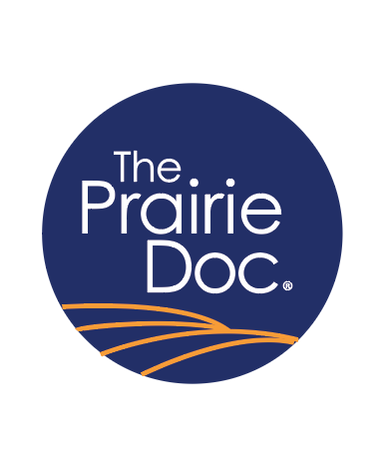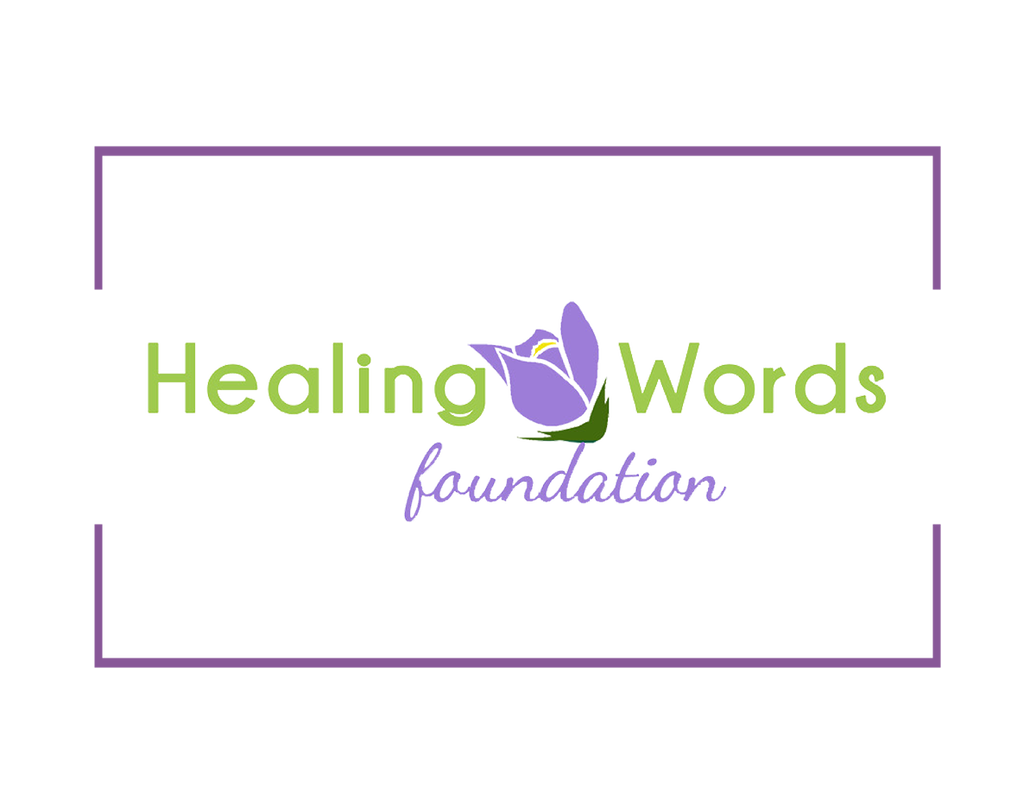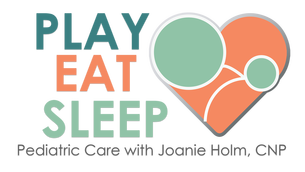|
By Richard P. Holm, MD
During the South Dakota Festival of Books, I listened to a group of five successful novelists discussing the art of writing and what they gained from creating their works. They all seemed to agree with journalist Malcolm Gladwell who said that it takes some talent, but more importantly, about 10,000 hours of practice to become good at anything. They each also said that writing has given them joy, humor, an understanding about life, and a sense of meaning. Hearing all this, I reflected on how much room I have for improvement in my own writing. On the other hand, I realized my compositions are not for a novel but for self-help, and the goal of my latest book, Life’s Final Season, is to help people during their aging and dying process. As opposed to a novel, my writing has a different purpose. I also thought of how therapeutic my own writing practice has been for me since my cancer diagnosis. There is a lot out there about writing as therapy. Orthopedic surgeon Dr. David Hanscom, in his book Back in Control, provides for us a writing method to help people in chronic pain. He advises those in pain to write down any random thoughts for ten to thirty minutes once or twice a day for at least several months. Hanscom reports the theory that when pain becomes chronic, the signals change from damage pain activity in one part of the brain to an emotional (fear and anxiety) response in a different part of the brain. Hanscom asserts that the daily writing exercise truly helps people break the pain cycle when nothing else helps. Professor Dr. Gillie Bolton also recommends a daily writing program for chronic pain. She says not to worry about grammar, style, or spelling. Dr. Bolton advises starting by unloading and dumping negative thoughts, followed with expressive and explorative writing about any topic. She suggests that we focus on the writing without distraction, finding time to do it once or twice daily, and doing it for yourself (not others). Her contention: writing helps us illuminate our own suppressed feelings, thereby helping us deal with chronic pain, depression, and other miseries of life. I truly hope my book helps caregivers and people who are aging and dying, but my writing has had the added benefit of helping me cope with a deadly diagnosis. A daily writing exercise may just help you too. Watch On Call with the Prairie Doc® most Thursdays at 7 p.m. central on SDPTV and follow the Prairie Doc® on Facebook and YouTube for free and easy access to the entire Prairie Doc® library. By Richard P. Holm, MD
South Dakota has the 14th highest suicide rate in the U.S., and, during this last year, suicide as a cause of death has grown faster here in South Dakota than most places. Two SD counties rank in the top one percent in the nation. I have heard that, in general, the highest risk individual for suicide is the widower, the elderly male who recently lost his wife. But the South Dakota public health department tells us that suicide rates are higher here in younger people than in most other states. For example, men aged 19 to 21-years-old, are at the highest suicide risk. In addition, American Indians are at 1.8 times higher risk than other South Dakotans. Risk factors for suicide include: a family history of suicide; a history of abuse—be it the abused or the abuser; previous suicide attempts or a history of mental disorders (particularly depression) and especially if the individual has difficulty accessing mental health treatment when needed; a history of alcohol and substance abuse; feelings of hopelessness and loneliness especially with isolation; recent loss (whether it be the death of a family member, a friend that moves, a divorce, or a large financial loss); any new and significant physical illness; and access to lethal methods. There is also a higher risk is for anyone present during local epidemics of suicide, especially where cultural beliefs suggest that suicide is noble. All this multiplies when the person is reluctant to seek help because of the stigma attached to mental health disorders. The challenging concern is that suicide remains extremely hard to predict. Even when we’ve identified who is at risk, suicide can be difficult to prevent. We know that “talking about it” is probably our most important means of helping someone who is suicidal. Although we should all try to guide these at risk individuals to talk about their feelings with a professional, the most important preventer of suicide in many cases is not the doctor or the care provider, but the kindly neighbor who can give that person an ear, offer true friendship, and call for help when red flags are flying. You may never know it, but you might save a life by listening and just being a friend. Watch On Call with the Prairie Doc® most Thursdays at 7 p.m. central on SDPTV and follow the Prairie Doc® on Facebook and YouTube for free and easy access to the entire Prairie Doc® library. By Richard P. Holm, MD
The word “chronic” means persistent and unrelenting; something that doesn’t go away quickly. When you preface that word with “pain”, you have a potentially crippling condition which affects too many people in too many guises. Chronic pain can develop in a variety of conditions: headaches, lower back pain, herpetic pain following shingles, neuropathic foot pain resulting from diabetes, and the body-wide muscle pain of fibromyalgia, to name a few. The bad news is that it is often very difficult to get rid of chronic pain, like an unwanted guest who never wants to leave. Surgery or medicines (especially opioids) are often minimally effective at treating chronic pain and sometimes make things worse. Even injections of steroids, which is an invasive, expensive and overused procedure, is typically useless for chronic pain. In the end, too many people continue to suffer. The pain can eventually take control and cause the person to become helpless, inactive, and shut down completely. It is important to understand that immobility often makes the situation worse. If a joint or muscle is not used regularly, it barks and bites when called upon to be moved, the pain of which can dissuade further use. This cycle, if unbroken, can result in an increasing level of immobility, severe disability, and more time to dwell on the pain. This is exactly the reason they say “use it or lose it!” Paradoxically, one of the most effective ways of breaking people out of this cycle is for them to change negative habits and to become more active. Again, the best answer for CHRONIC pain is usually not surgery or more pain medicines. Regular stretching, good posture, adequate sleep, a good diet, and regular exercise can work wonders where modern medicines fail. Of course, each case is different, and sometimes a trapped nerve needs release or severe inflammation needs to be turned down and rested. However, carefully moving through stiffness and discomfort can give us considerable relief. It will be tough in the beginning, and results may not be instantaneous, but the struggle of starting healthier habits in the face of chronic pain can be well worth the long-term benefits. Studies show that return to function, although not easy, is the key to rehabilitation. Chronic pain doesn’t have to mean progressive immobility, disability, and hopelessness. We should remember to accept the pain when we have to, and, when advised by the doctor, to move those muscles. Use it or lose it. Watch On Call with the Prairie Doc® most Thursdays at 7 p.m. central on SDPTV and follow the Prairie Doc® on Facebook and YouTube for free and easy access to the entire Prairie Doc® library. By Andrew Ellsworth, MD
Wind Cave National Park is an underground maze of narrow passageways and chambers located under the prairie just on the edge of the Black Hills of South Dakota. My family and I took a tour of the park this summer and were astounded at how expansive and complex it is. Established as the 8th national park in 1903, Wind Cave National Park is one of the largest and most complex underground cave systems in the world. There are over 140 miles of interconnected passages compacted into approximately one square mile. They are still exploring and finding more! One of the early explorers of the cave was Alvin McDonald. He was only 16 when he began exploring the cave for miles at a time by candlelight. He eventually knew the cave so well that he began to guide tours through it. As the story goes, he once left a group alone for a bit as he explored a new passageway. He made his way back to the surface and back home, only to realize later that night that he forgotten his group! Upon realizing his mistake, he immediately went back for them. Imagine being lost in an underground cave without a guide! Much like the complexity of Wind Cave, our healthcare system is an expansive maze of diseases, tests, hospitals, specialists, and medications. It is difficult to imagine someone being able to navigate this confusing system without a trusted primary care provider to serve as their guide. Primary care providers are the medical professionals you choose to be in charge of your personal care. They can be a doctor, nurse practitioner, physician assistant, medical home, or clinic. People who have a primary care provider for the majority of their medical care, who have continuity of care, are healthier. Studies have found that if you have a primary care provider to help guide you, you are less likely to go to the emergency room, less likely to be hospitalized, more likely to trust and follow medical advice, and are happier, healthier, and will be generally more satisfied with your care. Your primary care provider is your Alvin McDonald, guiding you through the healthcare maze and helping you avoid those dead ends. But unlike Alvin McDonald, they won’t forget about you! Your primary care provider can be your first stop for care, catching problems early on, and keeping you on track for a lifetime of good health. Watch On Call with the Prairie Doc® most Thursdays at 7 p.m. central on SDPTV and follow the Prairie Doc® on Facebook and YouTube for free and easy access to the entire Prairie Doc® library. |
Archives
July 2024
Categories |
 RSS Feed
RSS Feed


